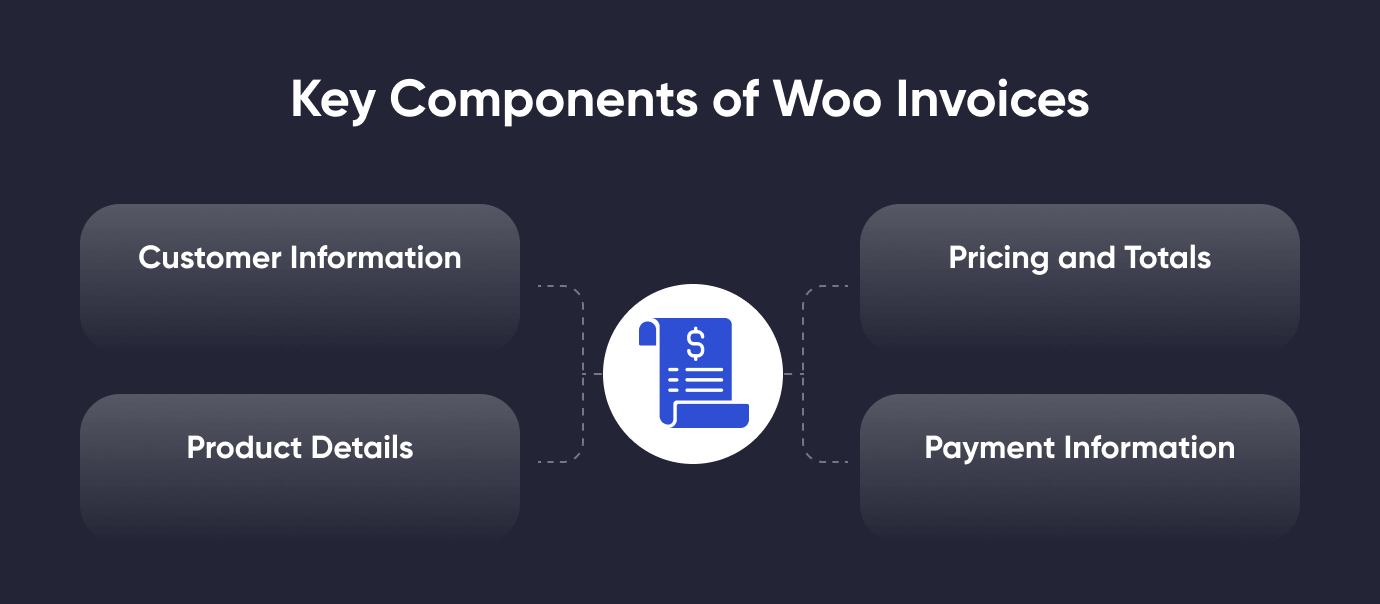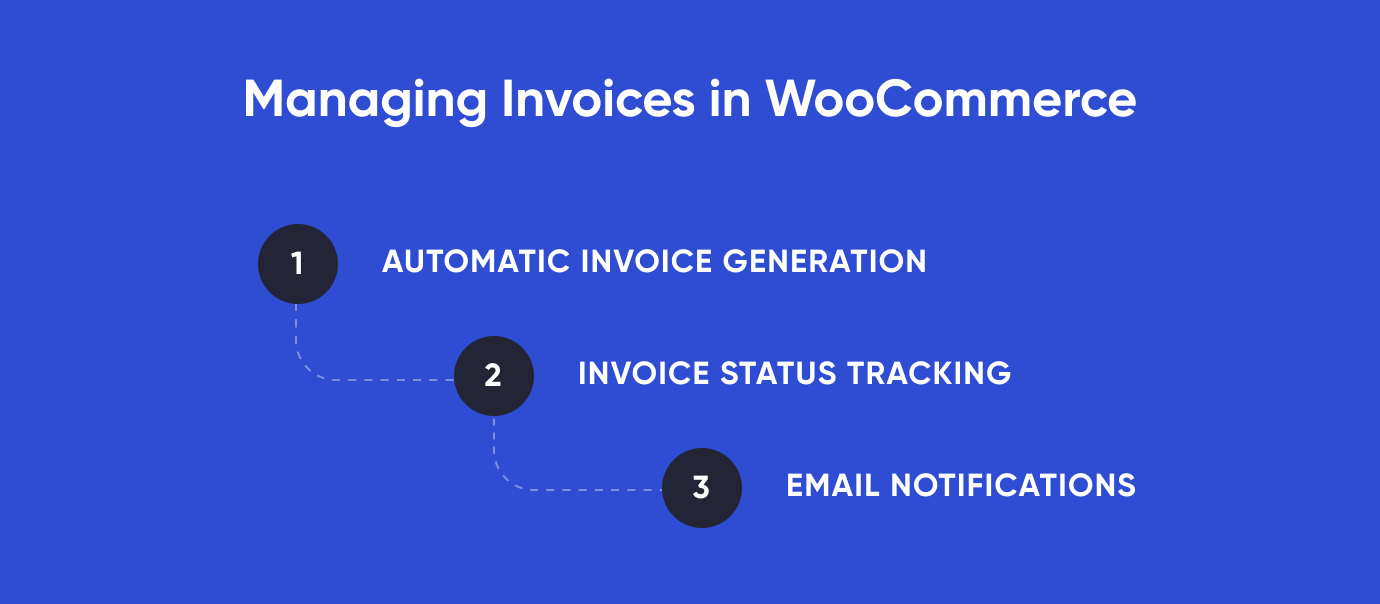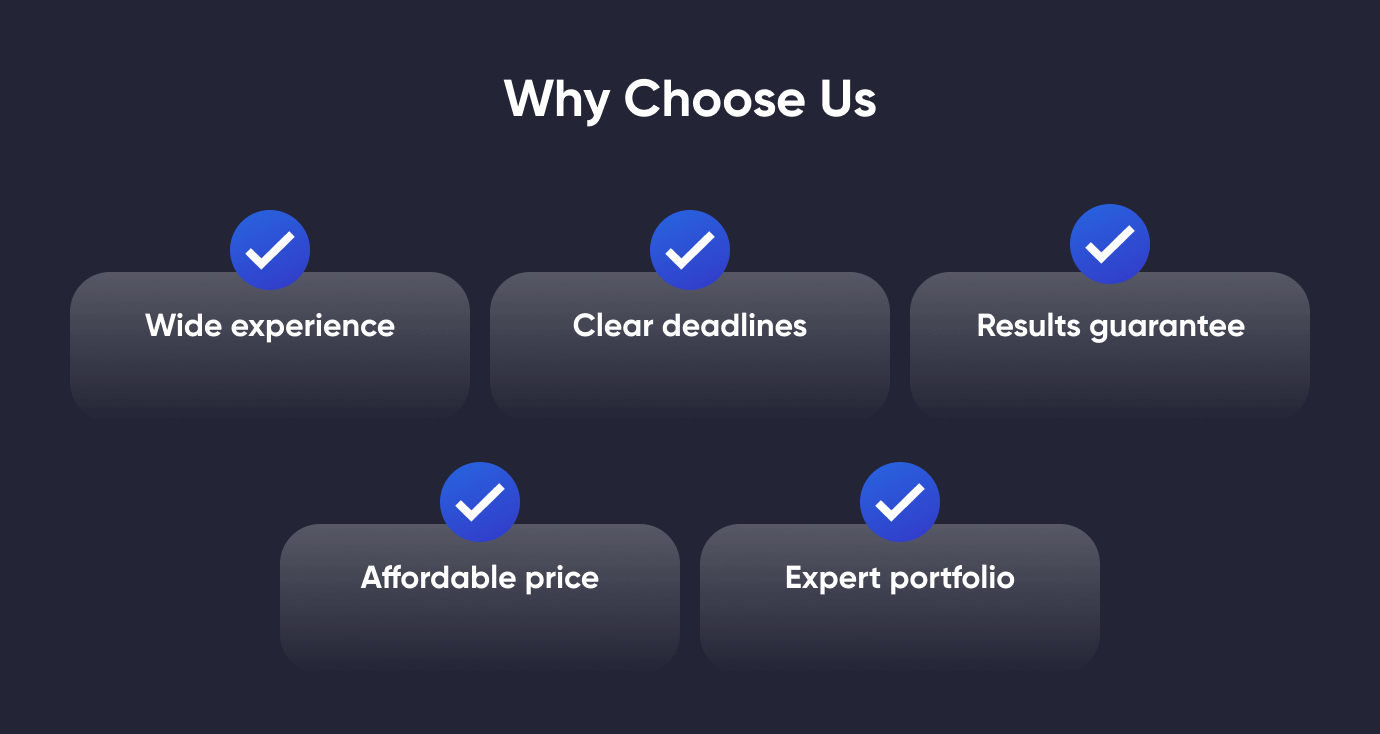Understanding the Essence of WooCommerce Invoices
In the intricate dance of online transactions, invoices serve as the tangible evidence of a completed purchase. Woo, with its expansive toolkit, transforms this mundane document into a powerful tool for both merchants and customers. At its core, a Woo invoice encapsulates crucial information, including customer details, product specifics, pricing breakdowns, and payment particulars. It serves as a digital footprint, providing a comprehensive record of the transaction. Key components of Woo Invoices:

Customer Information
A well-crafted invoice begins with detailed customer information. From billing to shipping details, it ensures that the document is a holistic representation of the transaction.
Product Details
The heart of any transaction lies in the products purchased. Woo invoices meticulously list each product, including names, quantities, individual prices, and the grand total, fostering transparency and understanding.
Pricing and Totals
Clarity in pricing is paramount. Invoices break down costs, elucidating item prices, taxes, shipping charges, and any applicable discounts. This detailed breakdown not only helps the customer but also aids businesses in tracking revenue streams.
Payment Information
A crucial component, payment details, solidify the transaction’s conclusion. This section includes the method of payment, transaction IDs, and any additional information relevant to financial reconciliation.
Customization Options in WooCommerce Invoices
Woo acknowledges the diverse needs of businesses, offering an array of customization options to tailor invoices according to brand identity and legal requirements.
- Invoice Templates. While Woo provides default templates, businesses can elevate their brand presence by crafting custom templates or integrating third-party options. This not only enhances aesthetics but also reinforces brand consistency.
- Logo and Branding. Branding is more than a logo; it’s an experience. Woo allows businesses to integrate logos and branding elements, ensuring that invoices resonate with the overall brand identity.
- Legal Compliance. Every region has distinct legal requirements for invoices. Woo’s customization features enable businesses to seamlessly incorporate necessary legal information, such as tax identification numbers and registration details, promoting compliance.
Managing Invoices in WooCommerce
Efficient management of invoices is imperative for a streamlined e-commerce operation. Woo incorporates features that simplify this process.

Automatic Invoice Generation
Automation is the cornerstone of efficiency. Woo allows for the automatic generation of invoices upon the completion of an order, reducing manual efforts and the likelihood of errors.
Invoice Status Tracking
The ability to track the status of invoices, whether they are paid, pending, or overdue, offers merchants a real-time overview of their financial landscape. This feature is invaluable for financial planning and customer relationship management.
Email Notifications
Communication is key. Woo’s automated email notifications provide customers with a digital copy of their invoice, enhancing transparency and serving as a convenient record.
Best Practices for WooCommerce Invoices
Optimizing the invoicing process within Woo involves adhering to best practices that benefit both businesses and customers.
- Clarity and Transparency. An ideal invoice is one that requires no interpretation. Clarity and transparency in the breakdown of costs foster trust and reduce the likelihood of customer inquiries.
- Timely Delivery. Invoices should be sent promptly after the completion of an order. Timeliness not only keeps customers informed but also contributes to a professional and customer-centric image.
- Mobile Responsiveness. In an era dominated by mobile devices, ensuring that invoices are mobile-friendly is essential. Customers should have a seamless experience accessing and reviewing their invoices across various devices.
- Legal Compliance. Staying abreast of local and international tax regulations is crucial. Invoices must include all necessary information for legal compliance, safeguarding businesses from potential legal issues.
- Regular Audits. Periodic audits of invoices help identify discrepancies and ensure the accuracy of financial records. It is a proactive measure that contributes to the overall integrity of the invoicing process.
Challenges and Solutions
While Woo excels in providing robust invoicing capabilities, businesses may encounter challenges in managing invoices. Handling refunds, reconciling discrepancies, and accommodating complex tax scenarios are common hurdles. Fortunately, the extensibility of Woo allows for the integration of third-party plugins, addressing specific needs and enhancing the platform’s capabilities.
Looking Ahead: Future Trends in WooCommerce Invoicing
As technology continues to evolve, so too will the landscape of Woo invoicing. Several trends are poised to shape the future of this crucial aspect of e-commerce.
Integration with Artificial Intelligence
The integration of artificial intelligence for automated data entry is on the horizon. This promises to streamline the invoicing process further, reducing manual intervention and the risk of errors.
Blockchain for Enhanced Security
Security is paramount in e-commerce transactions. Blockchain technology holds the promise of enhancing the security of invoices, ensuring the integrity of transaction records.
Sophisticated Customization Options
Future iterations of Woo may bring forth more sophisticated customization options, allowing businesses to create truly unique and brand-centric invoice experiences.
How Our Developers Set Up WooCommerce Invoices
Setting up Woo invoices involves configuring various settings within the Woo plugin for WordPress. Here’s a step-by-step guide on how our developers typically set up Woo invoices:
Install Woo
- Install and activate the Woo plugin from the WordPress Plugin Directory.
Configure Basic Woo Settings
- Navigate to Woo > Settings.
- Go through the General tab and set up basic information like your store address, currency, and other general settings.
Set Up Products
- Create or import your products through the Woo interface.
- Define prices, inventory, and other product details.
Configure Payment Gateways
- Choose and configure payment gateways for processing transactions. Common gateways include PayPal, Stripe, and others.
- Set up any additional payment-related settings.
Configure Shipping Settings
- Set up shipping methods and costs.
- Define shipping zones and classes.
Tax Settings
- Configure tax settings based on your business location and regulations.
Customize Email Templates
- Customize the default Woo email templates, including the invoice template.
- This can be done under Woo > Settings > Emails.
Install Invoice Plugins
- There are several plugins available that can enhance or customize your Woo invoices.
- Install a suitable plugin if you need additional features or a different invoice format.
Adjust Invoice Statuses
- Woo has order statuses like «Pending», «Processing», «Completed», etc. You can customize these based on your workflow.
- Invoices are typically associated with completed orders.
Testing
- Test the entire purchase process to ensure everything is working as expected.
- Confirm that invoices are generated correctly and sent to customers.
Additional Customization
- Depending on your business requirements, you might need further customization using hooks, filters, or additional plugins.
Documentation and Record Keeping
- Ensure that your invoices meet legal requirements.
- Keep documentation of transactions and invoices for accounting purposes.
Security
- Regularly update Woo and any installed plugins for security purposes.
Backup
- Regularly backup your website to prevent data loss.
Provide Customer Support
- Set up a system for handling customer inquiries related to invoices and transactions.
Why Choose Us
We are a professional Woo development team. Our experienced developers can customize invoices according to your business needs. Reasons to choose us:

We provide an individual approach to each project. Our specialists analyze the project, offer several options for solving the tasks and select the best one. Write to us and together we will improve your online store!
Conclusion
Woo invoices transcend their traditional role as mere transactional documents. They embody the professionalism and transparency necessary for successful online commerce. From their key components to customization options, management features, and future trends, Woo invoices are a testament to the platform’s commitment to empowering businesses.
In the ever-evolving landscape of e-commerce, where user experience and efficiency are paramount, Woo invoices stand as a beacon of reliability and adaptability. By adhering to best practices, leveraging customization options, and staying attuned to emerging trends, businesses can harness the full potential of Woo invoices, fostering a seamless and trustworthy transactional experience for both merchants and customers alike.












